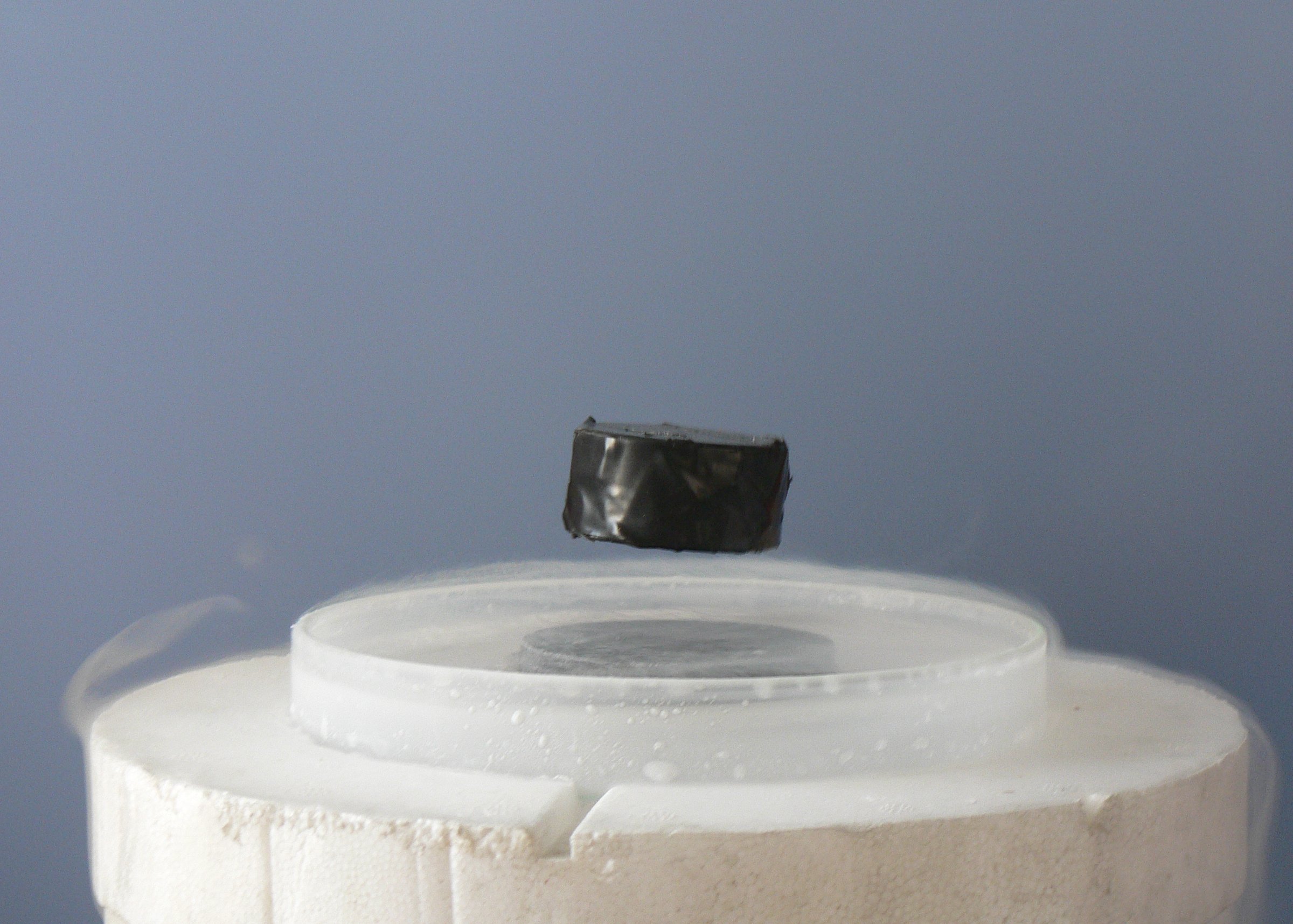
Photo from academic.microsoft.com
Indium tin oxide (ITO) is a transparent conductive material which is extensively used in organic solar cells (OSCs) as electrodes. In inverted OSCs, ITO is usually employed as a cathode,… Click to show full abstract
Indium tin oxide (ITO) is a transparent conductive material which is extensively used in organic solar cells (OSCs) as electrodes. In inverted OSCs, ITO is usually employed as a cathode, which should be modified by cathode buffer layers (CBLs) to achieve better contact with the active layers. In this paper, an amine group functionalized fullerene derivative (DMAPA-C60) is used as a CBL to modify the transparent cathode ITO in inverted OSCs based on PTB7 as a donor and PC71BM as an acceptor. Compared with traditional ZnO CBL, DMAPA-C60 exhibited comparable transmittance. OSCs based on DMAPA-C60 show much better device performance compared with their ZnO counterparts (power conversion efficiencies (PCEs) improved from 6.24 to 7.43%). This is mainly because a better contact between the DMAPA-C60 modified ITO and the active layer is formed, which leads to better electron transport and collection. Nanoscale morphologies also demonstrate that the surface of DMAPA-C60-modified ITO is plainer than the ZnO counterparts, which also leads to the better device performance.
Journal Title: Materials
Year Published: 2017
Link to full text (if available)
Share on Social Media: Sign Up to like & get
recommendations!